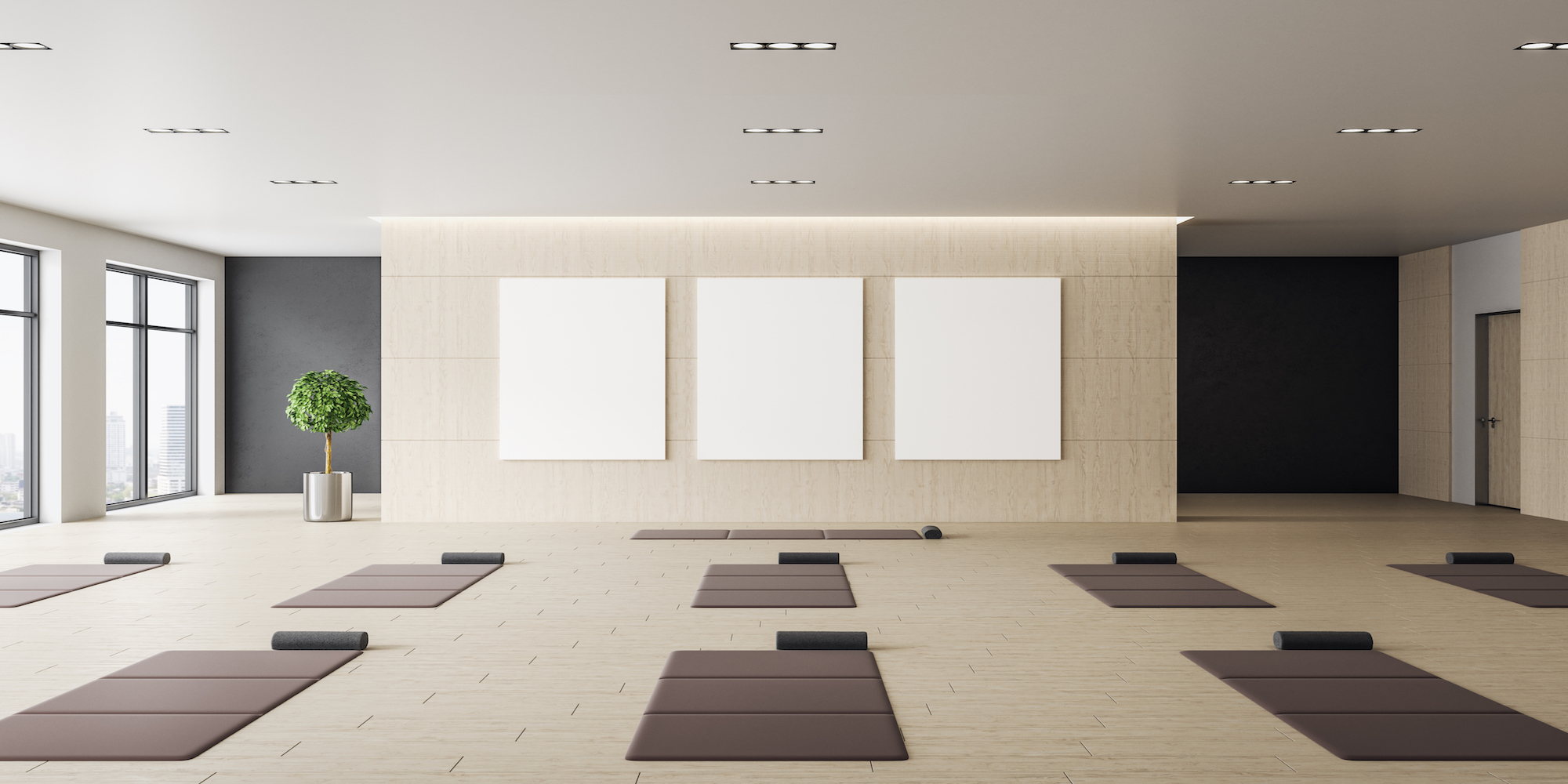Finding the right spot in your home for a yoga space isn’t just about where there’s physical space—it’s about where you find mental space, too. Look for a spot that feels peaceful; a spot by a window with plenty of natural light can be perfect. Try choosing a place that’s a bit away from the hustle of daily life, like the corner of your bedroom or a spare room.
Once you’ve picked your spot, consider what you’ll need to make it functional. A good quality yoga mat is a basic must-have. Then, think about props like blocks, straps, or cushions that can deepen your practice and support tricky poses. Incorporating a plush rug or soft blanket can also add a cozy touch, making you feel even more comfortable.
Your yoga space should feel uniquely yours. Adding personal touches like a favorite plant, a calming picture, or a mantra on the wall can help center your mind and keep you inspired. These elements create a more inviting and motivating environment, keeping you excited to return to your mat each day.
Keeping your yoga area clutter-free is crucial. A clean and organized space reflects a calm mind and ensures that you’re not distracted during your practice. Store your equipment in baskets or shelves nearby. You want the area to feel open and airy, letting positive vibes flow through freely.
Creating the Atmosphere: Making Your Home Smell Like a Yoga Studio
A big part of what makes yoga studios feel like a haven is the way they smell. To capture that essence at home, start by exploring scents like lavender, sandalwood, and eucalyptus. These aromas are known for their calming effects, which is exactly what you need for a stress-relief zone.
Whether you go for essential oils or incense, these can be fantastic for setting the mood. An oil diffuser with a blend of your favorite oils can fill your space with tranquility in minutes. Incense sticks can create a similar vibe but with a stronger aroma that fills the entire room.
Aromatherapy plays a significant role in managing stress. These fragrant notes can transport you to a calm state of mind even before you hit your mat. Plus, the low-light setting combined with these scents can make your space incredibly cozy.
Don’t forget about cleanliness and ventilation. Keeping your yoga area fresh is key to maintaining that inviting scent. Ensure proper airflow by occasionally opening windows or using a fan to circulate air, preventing stuffiness and keeping your space smelling fresh.
Building A Sustainable Yoga Practice at Home
Establishing a consistent routine is vital to keep your yoga practice on track. Find a time of day that suits you best, whether it’s a morning stretch to start your day or winding down with gentle poses in the evening. Building yoga into your daily schedule makes it a seamless part of your lifestyle.
There are tons of resources available right at your fingertips. Apps like Down Dog or Yoga with Adriene on YouTube offer structured classes that can guide you at your own pace. Explore different styles and levels, and don’t be afraid to try something new or step up your difficulty over time.
Setting realistic goals will help you track your progress and stay motivated. Whether it’s improving flexibility, mastering a challenging pose, or just finding more peace of mind, having clear goals gives your practice purpose. Celebrate the small wins, like managing an uninterrupted flow, which can boost your confidence.
Combining mindfulness with your physical practice is where the magic happens. Breathing exercises, meditation, and even short mindful moments during poses help enhance your focus and relaxation. These techniques support your mental well-being, turning your practice into comprehensive self-care.
From Passion to Profession: Starting a Home Yoga Studio
Turning your passion for yoga into a home-based studio is an exciting venture. Start by assessing the space you have—ensure there’s enough room for your activities. Consider if the location offers privacy and tranquility for both you and potential students.
Before opening your home to others, check on any legal and business considerations. This might include securing permits, dealing with taxes, or knowing about liability insurances that protect you and your clients. Consulting a professional can clarify these aspects and ensure you’re compliant with local regulations.
Marketing your new studio is crucial for attracting students. Utilizing social media platforms, word-of-mouth, and even hosting introductory classes can build awareness and draw interest. Creating a friendly and welcoming online presence reflects the atmosphere students will find in your studio.
As you transition from personal practice to professional offerings, maintaining your own wellness routines is important. Balancing teaching with your personal yoga practice can help you stay centered and passionate about the journey. Remember, a passionate teacher inspires dedicated students.

